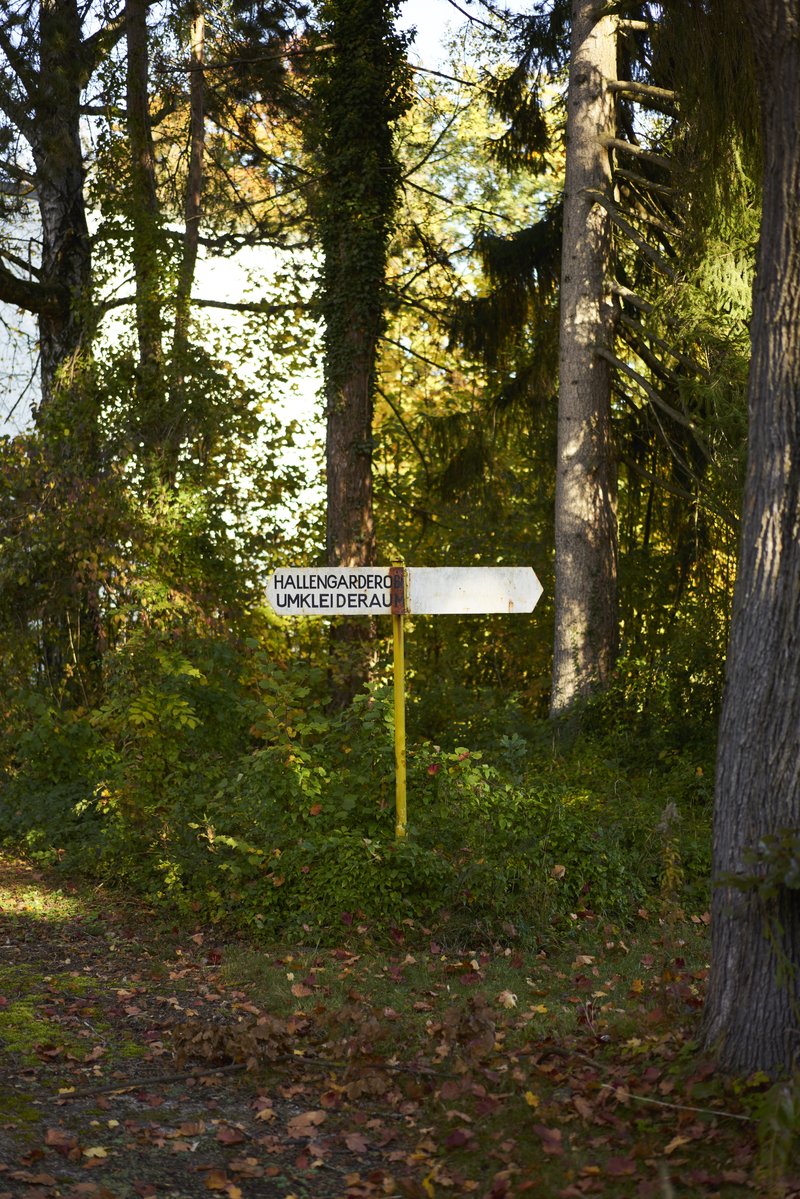Form follows location
In the world of design and architecture, ‘form follows function’ is a frequently used modernist dictum, attributed to architect Louis Sullivan. This maxim states that the design of an object or building should primarily be determined by its function. We are reinterpreting the formula by including the location – because context is always part of the solution. The term position has multiple meanings: it refers both to the physical location of a place and to a point of view. Every project involves asking questions and searching for existing qualities and stories – those elements that make up the distinctiveness of a place. What impulses can these qualities and stories give? Is there such a thing as love at second sight?
The current challenges we face – ranging from the structural to the social level – require new approaches to residential and urban development. Building land is a valuable communal resource, and we have to ask ourselves how we can approach land use, public open space, and the closing of gaps in the cityscape in a more resource-conscious way. How can architecture respond appropriately to the urban context of a built environment evolved over centuries? Where does the new need to blend in? How can it simultaneously create a new identity? And can a ‘leftover’ urban site become a place for the community?

Photo Hartmut Nägele